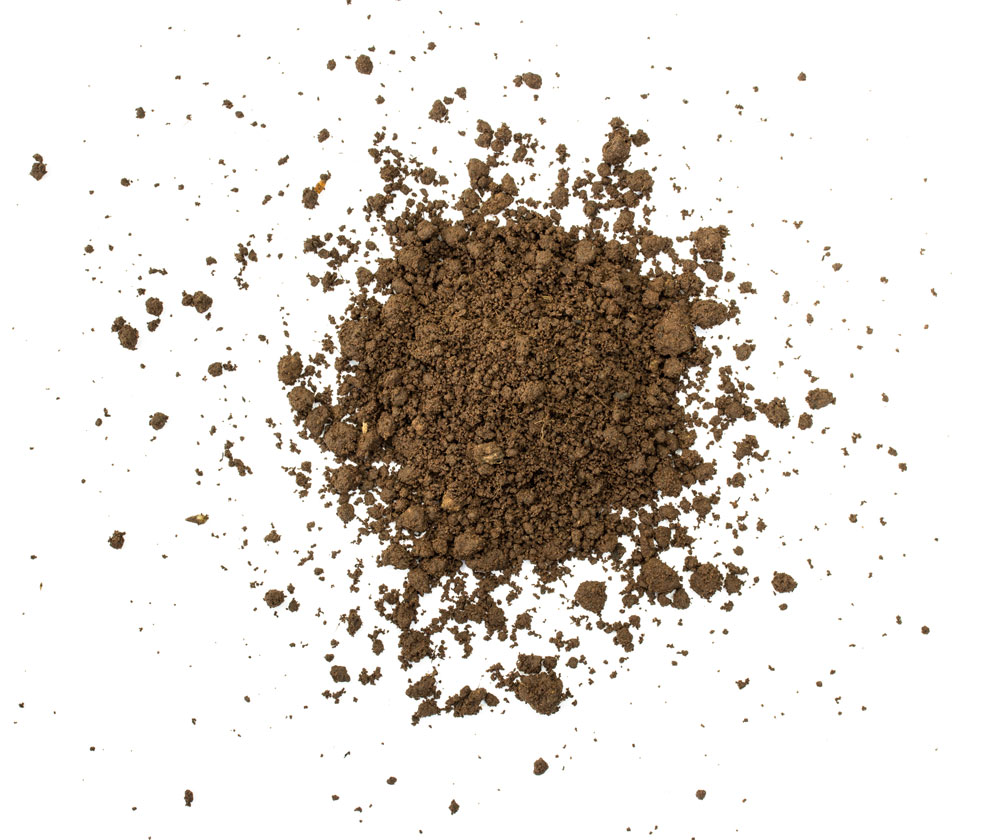What are Biofertilizers?
While there is no official definition of “biofertilizer”, the term appears frequently in the market as well as in the scientific literature. In the literature, definitions tend to focus on live microorganisms as the common denominator among biofertilizers. For example, in 2021 Mitter et al defined the term as, “formulations comprised of living microbial cells, either a single strain or multiple strains (mixed or consortium), that promote plant growth by increasing nutrient availability and acquisition.” In 2020, Atieno et al defined biofertilizers as, “products containing beneficial microorganisms with the potential to improve soil fertility and crop productivity.” Does this mean that only products containing live microorganisms can be considered biofertilizers?
There is a wide variety of self-described biofertilizers available in the marketplace today which do not include living microorganisms. These include seaweed extracts, humic substances, and other derivatives of biological material. While microbials put the “bio” – meaning “life” – into “biofertilizer” by formulating living cells into their product, other product types achieve the same end result by using residues and breakdown products of once-living things. Many consider these types of products to be biofertilizers as well.
Considering both the literature and the current diversity of products in the market, the term “biofertilizer” can be used to describe any preparation of biological material, such as living microorganisms, nonliving biological (plant or microbial) residues, or the natural breakdown products thereof, that is intended to enhance nutrient availability, uptake and/or nutrient use efficiency in plants, and soil health. They may be applied as standalone interventions or in combination with fertilizers and soil amendments. When the term “biofertilizer” is used on the BPIA website, it refers to products which match this inclusive description.

